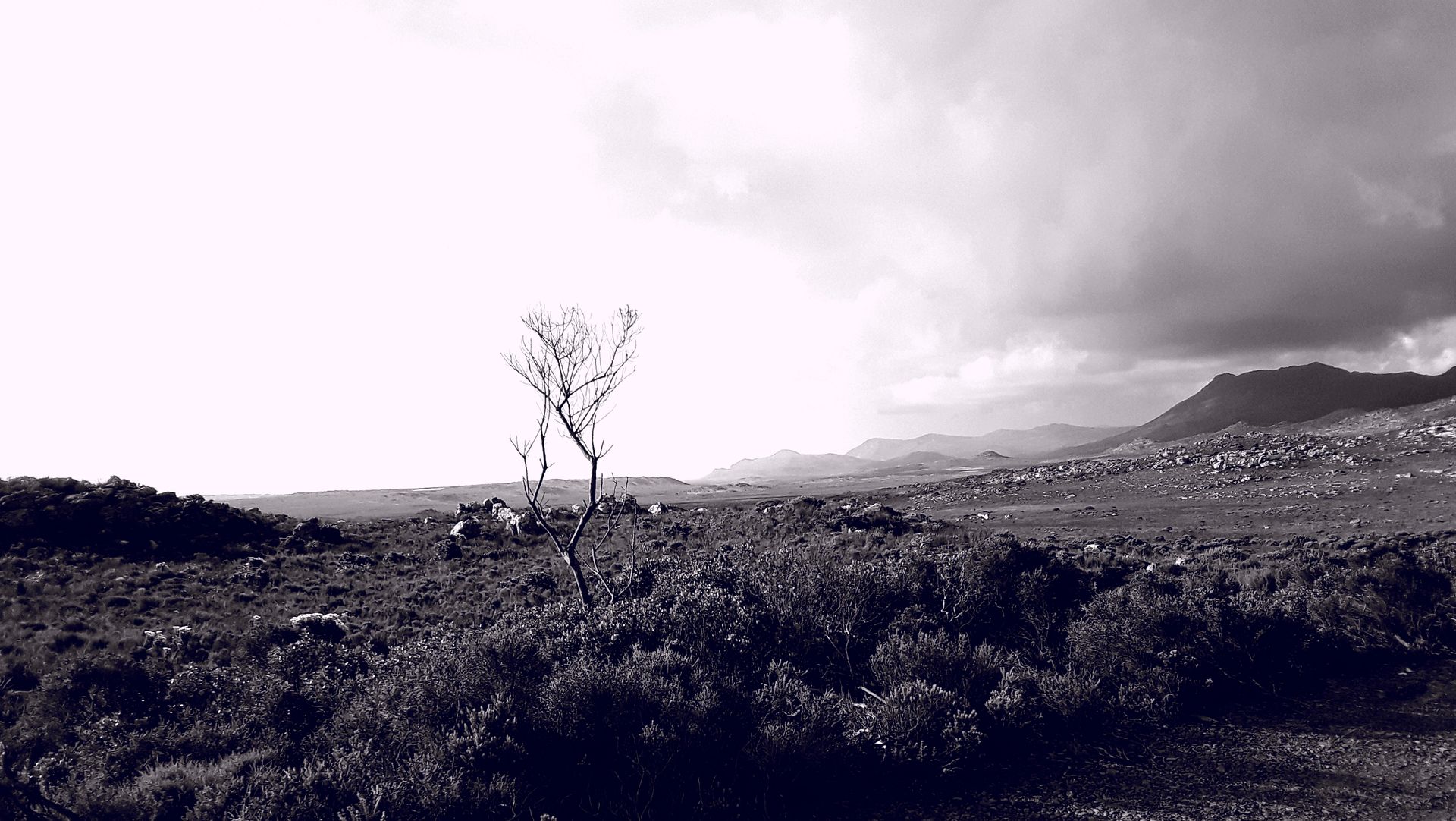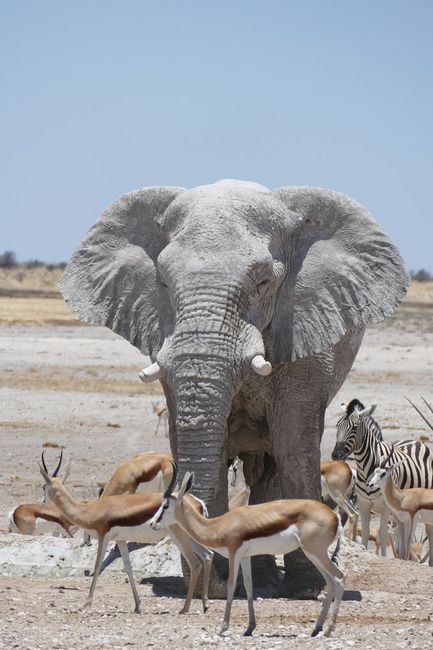The Grand Finale
Cyhoeddwyd: 03.07.2018
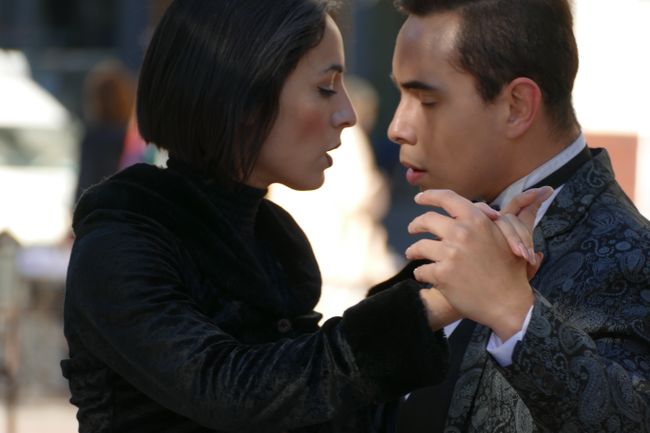
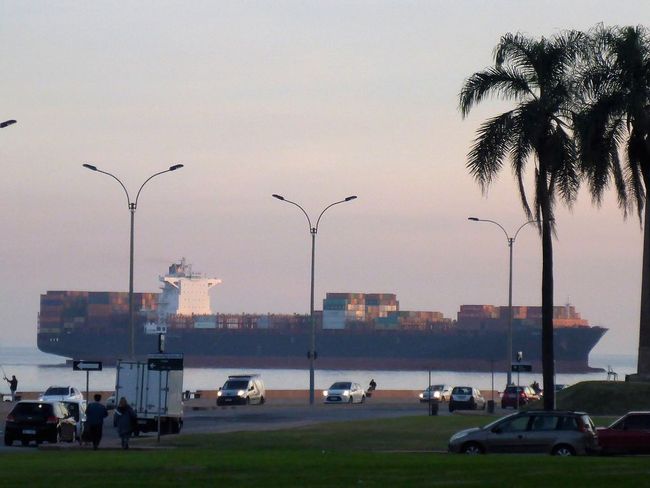
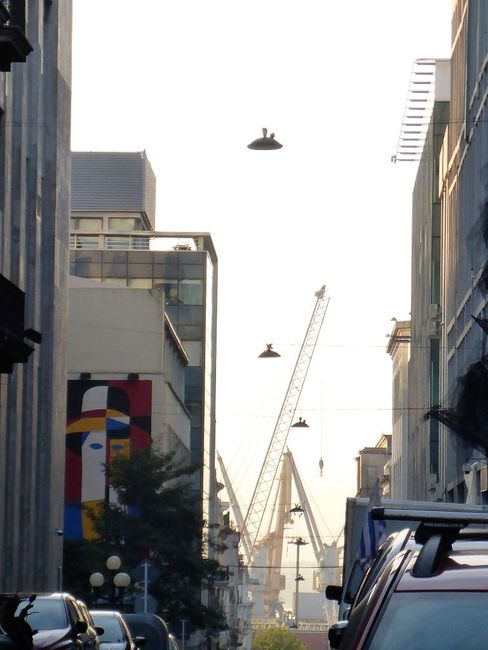
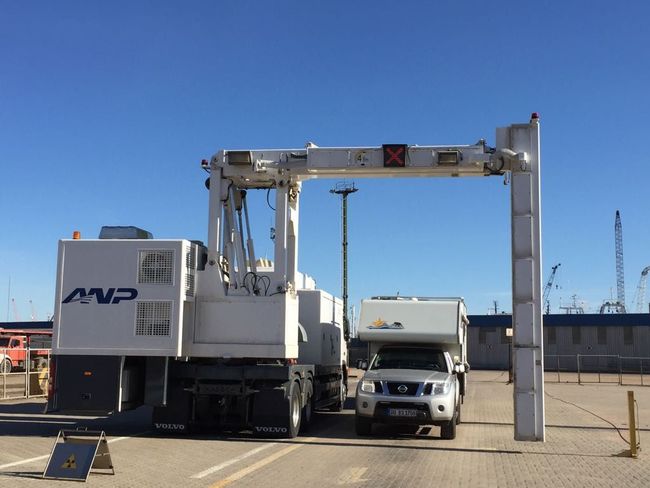
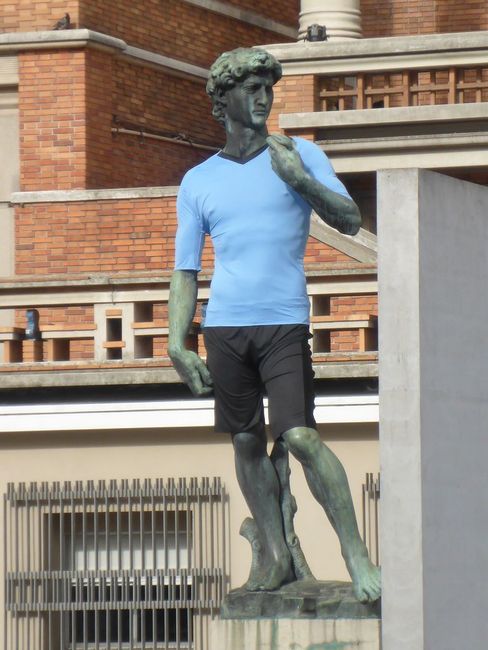
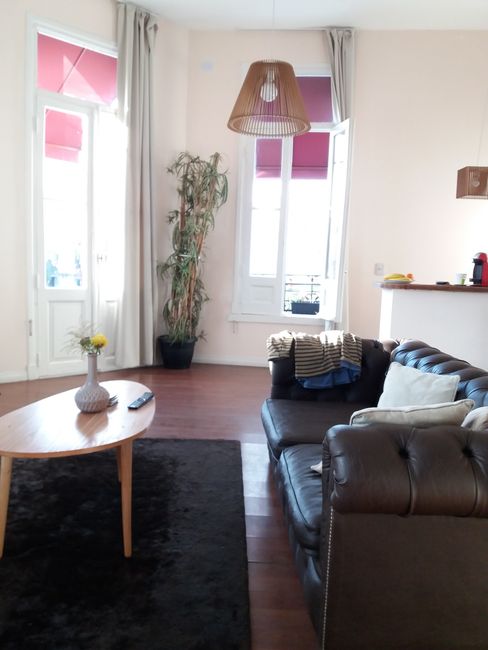

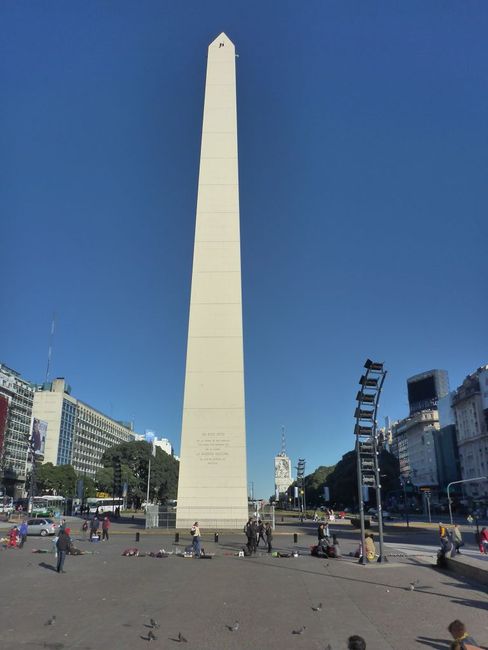
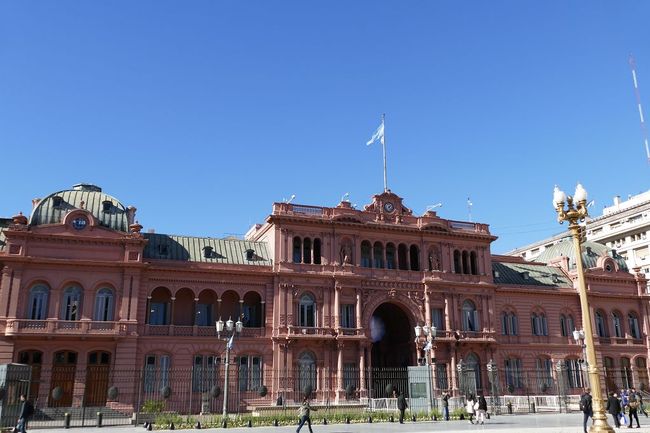
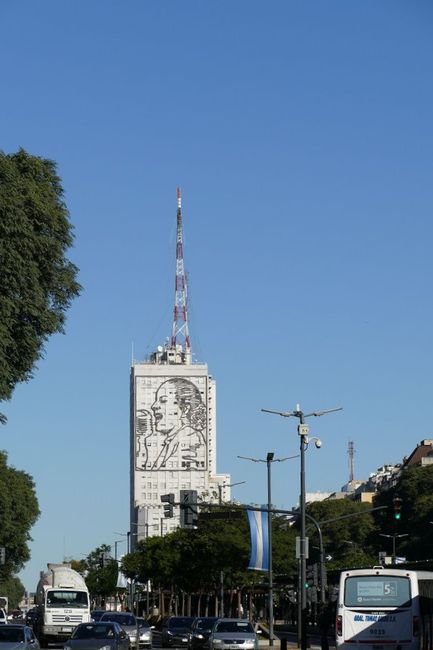
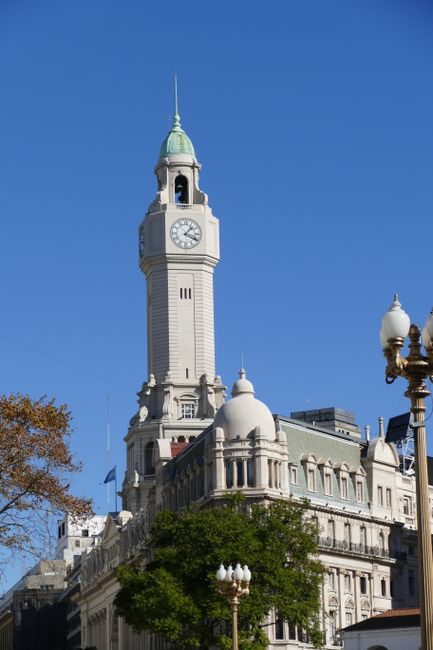
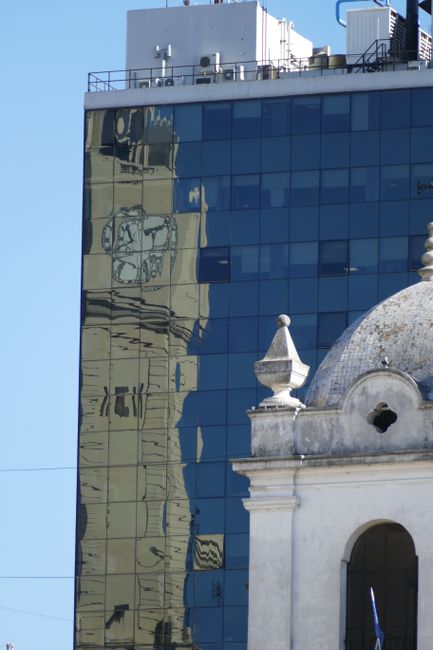
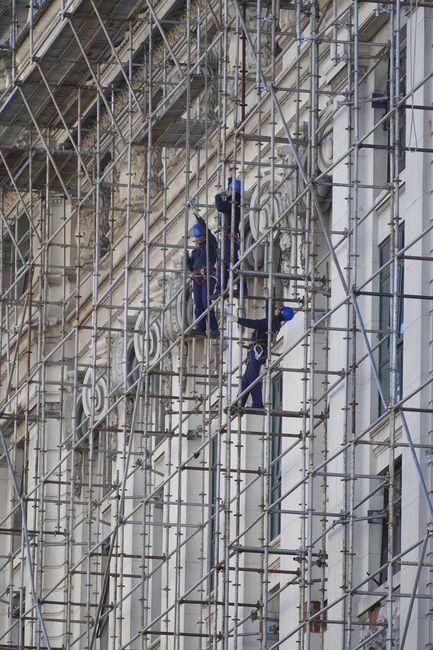
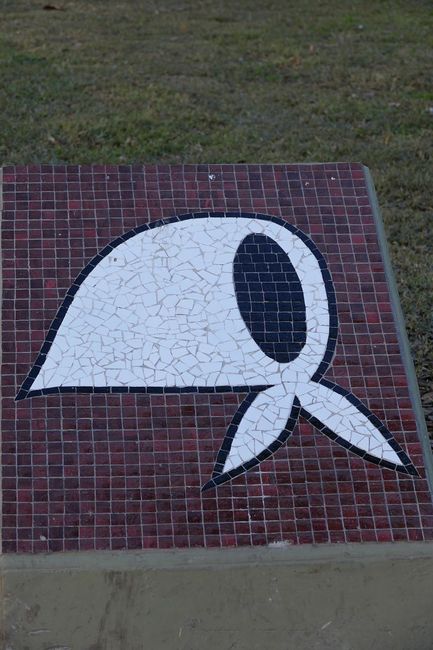
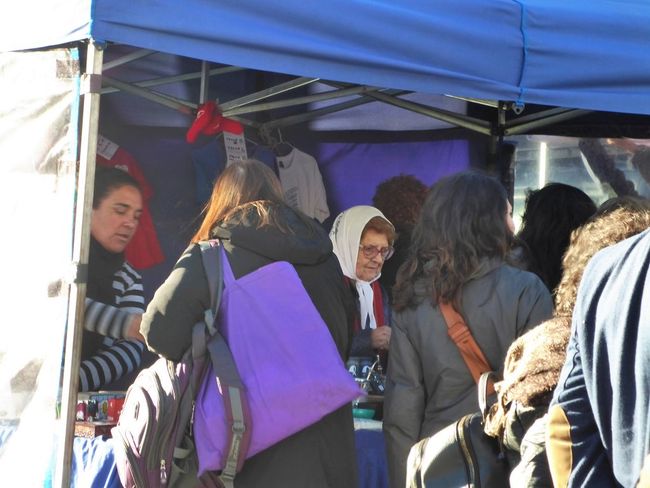
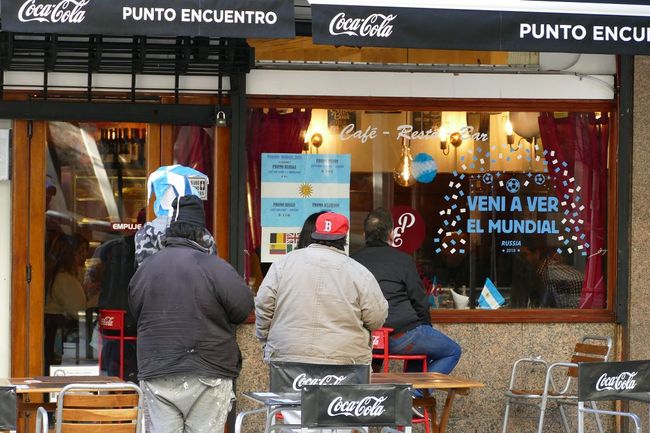
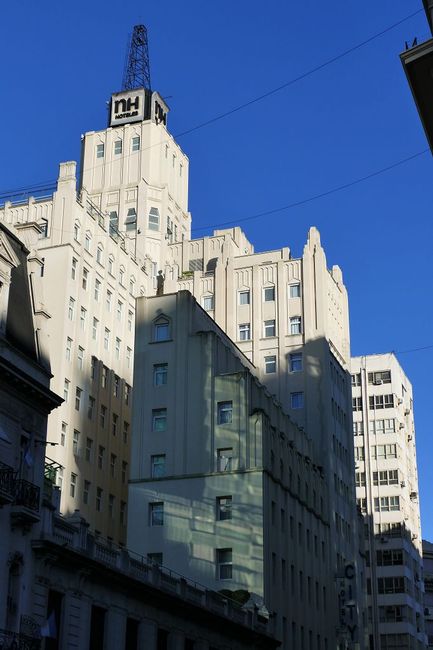
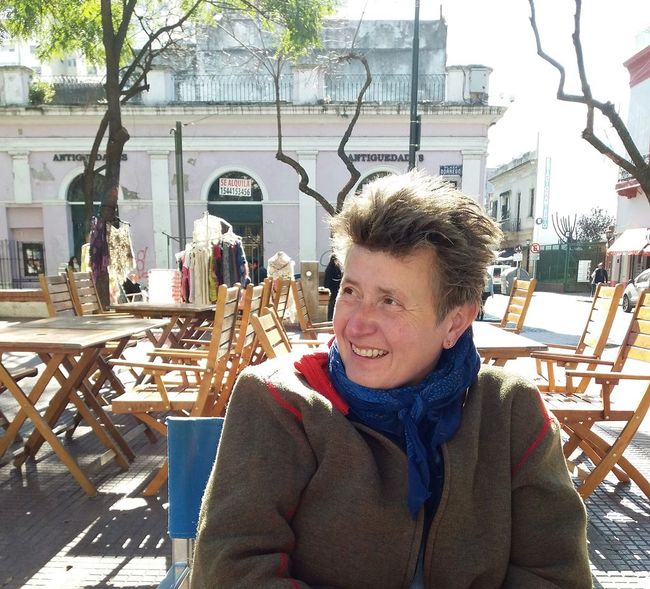
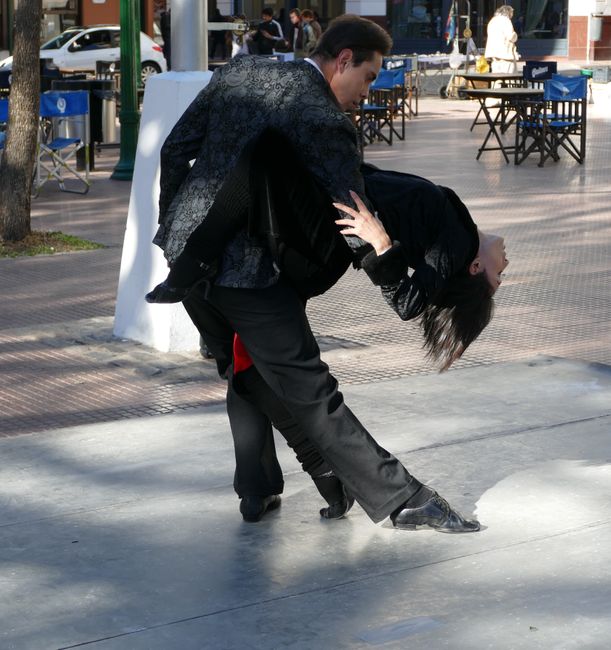
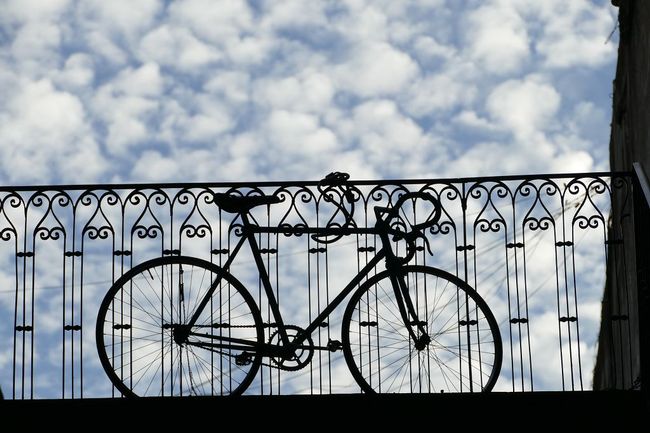
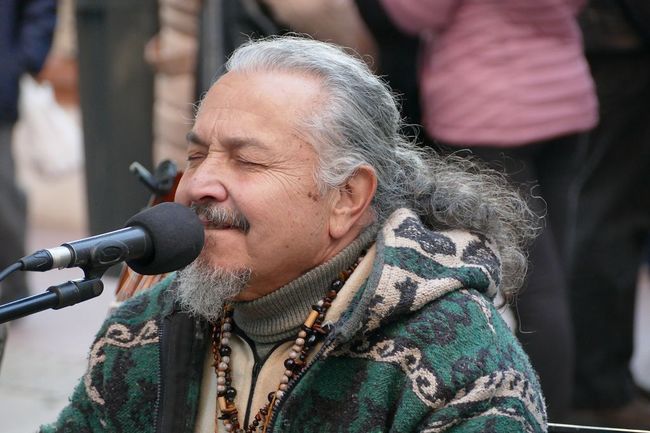
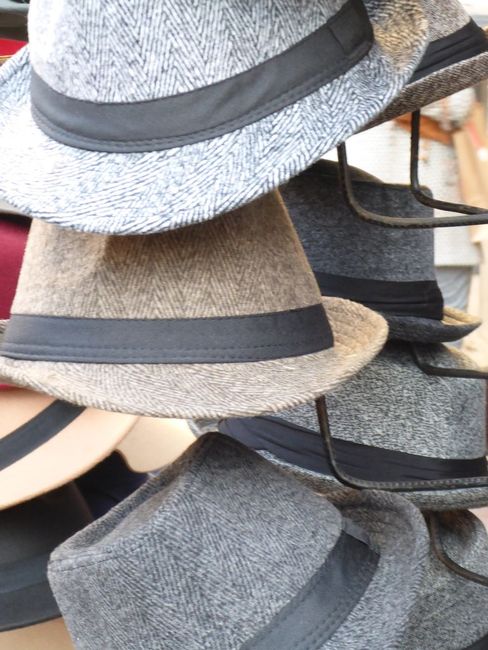
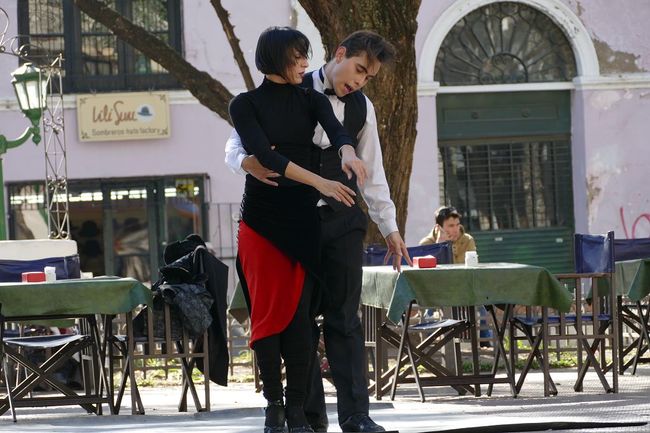

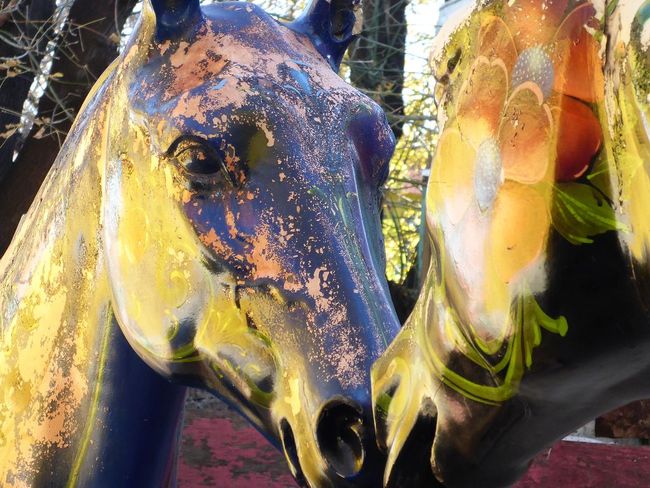
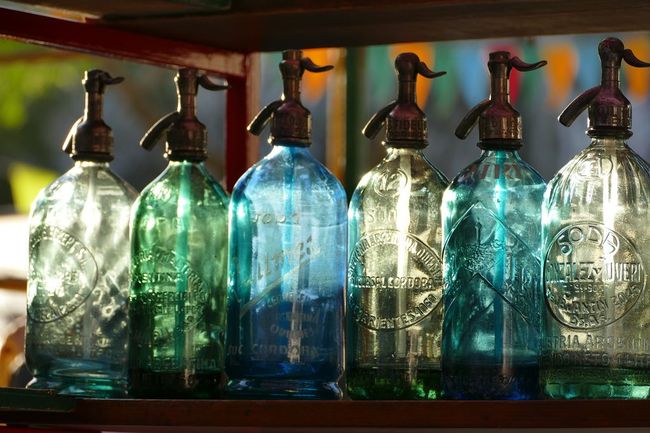
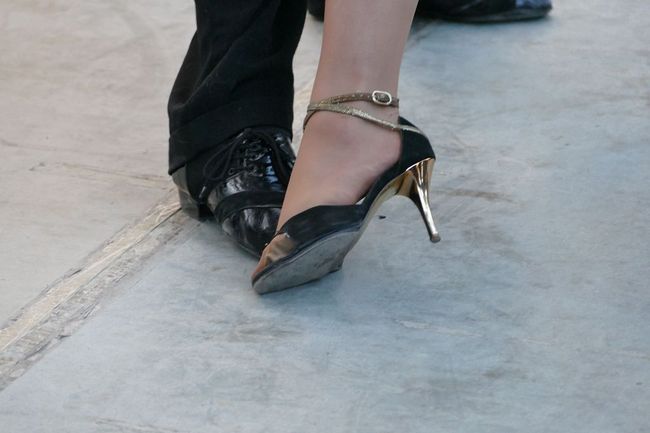
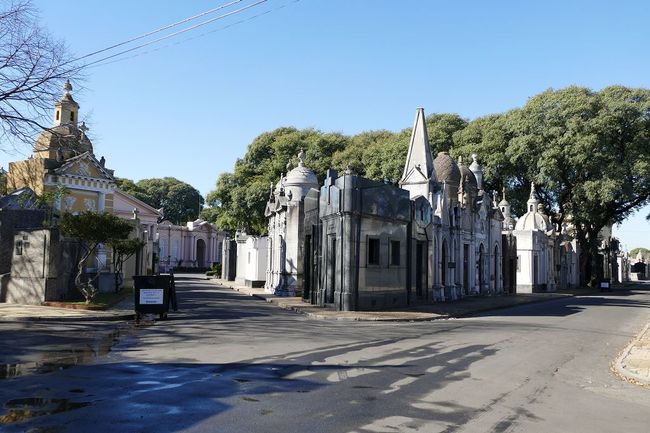
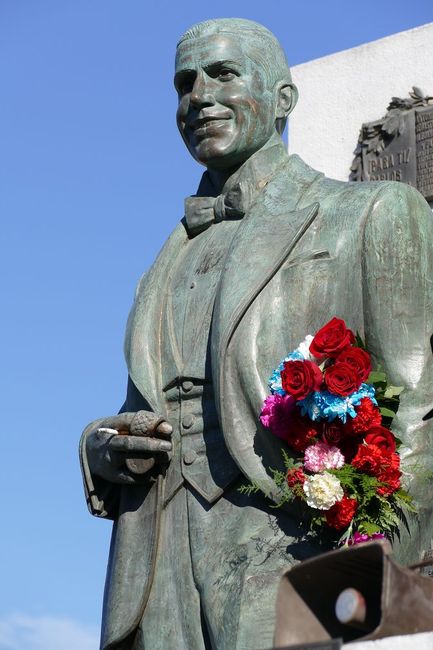
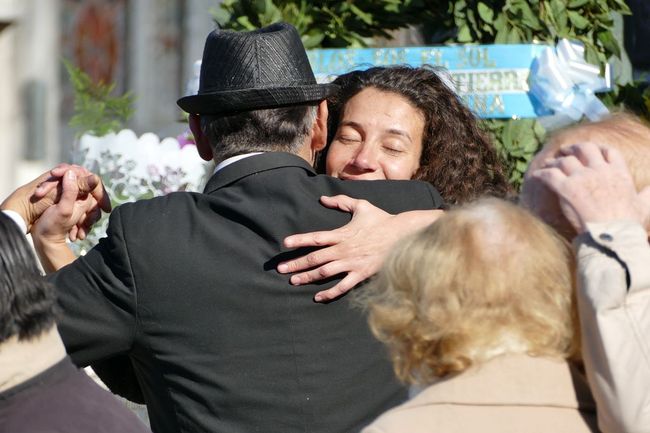
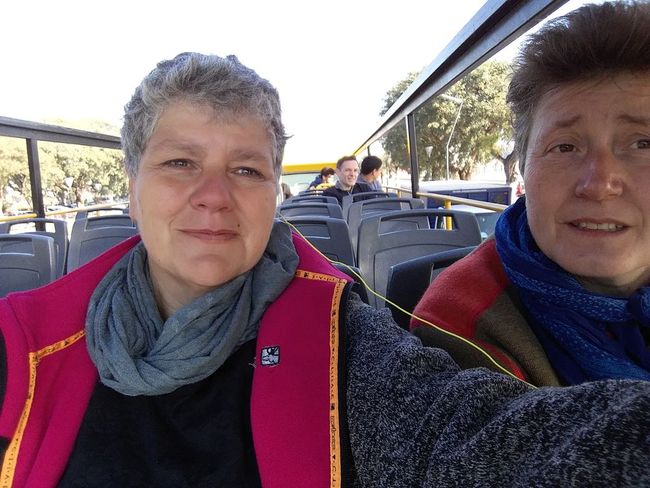
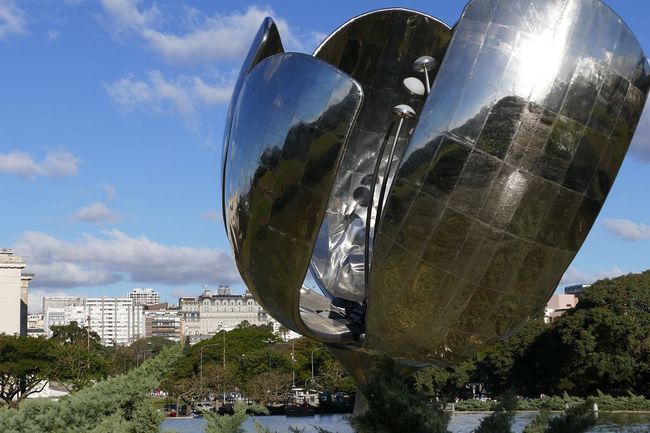
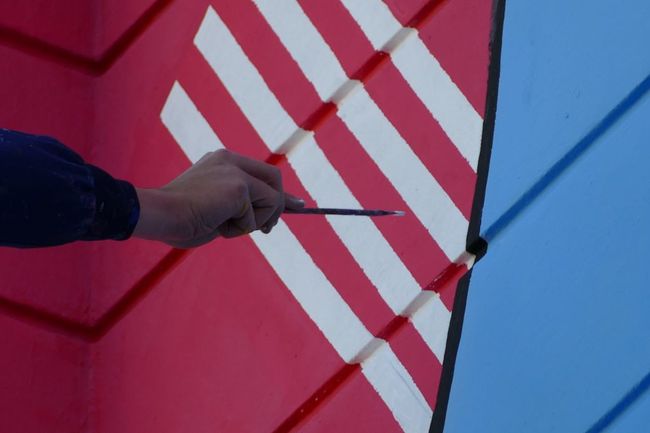
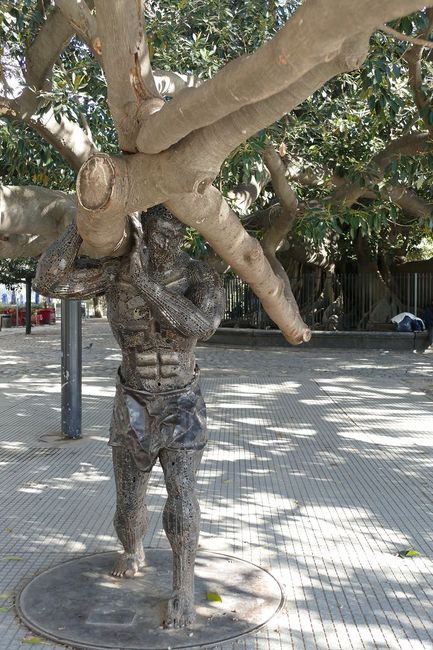
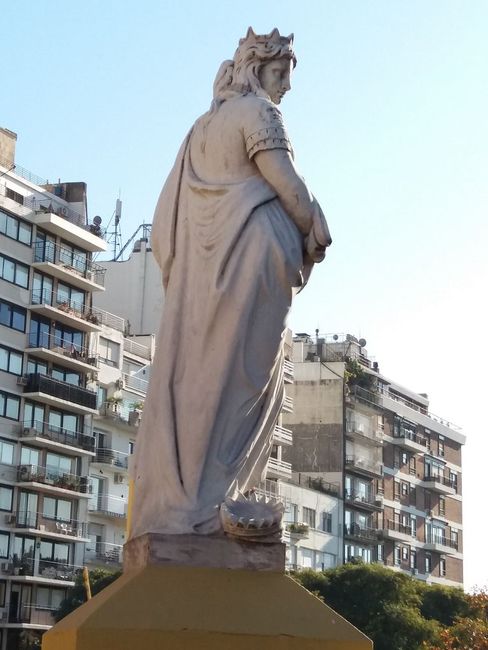
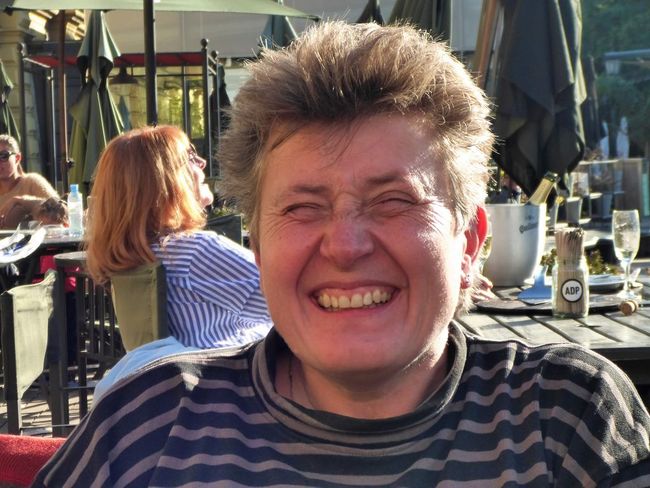
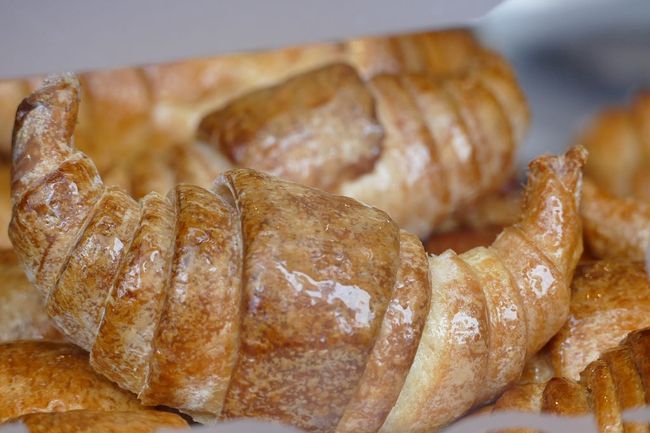
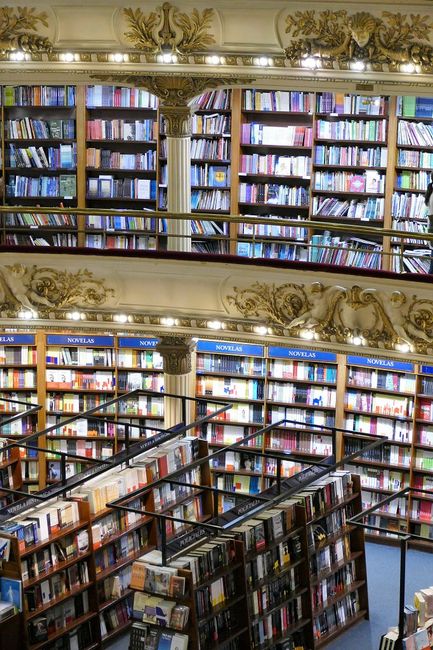
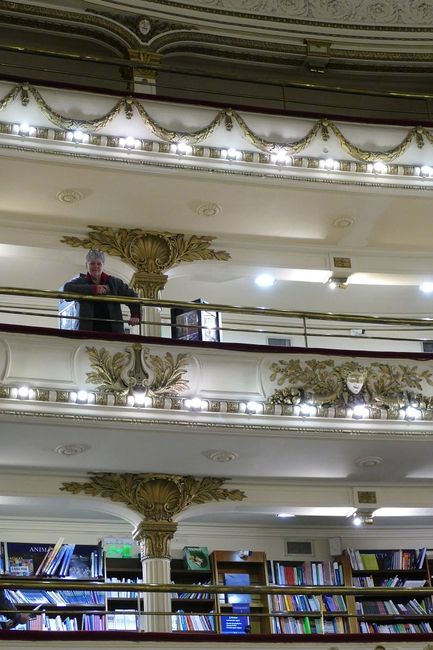
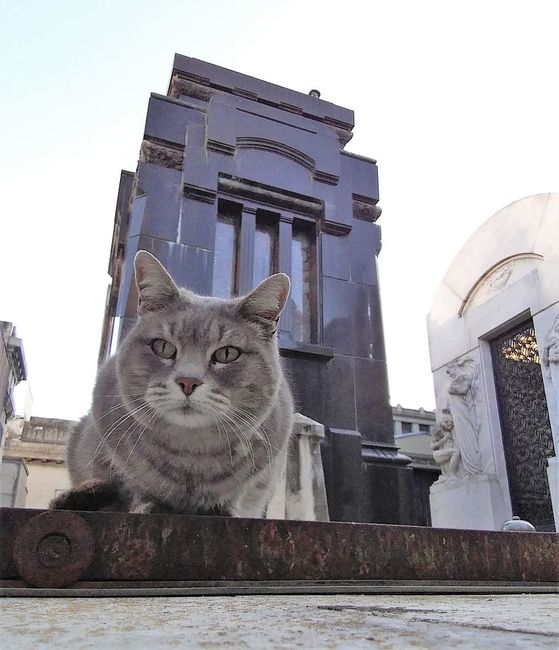
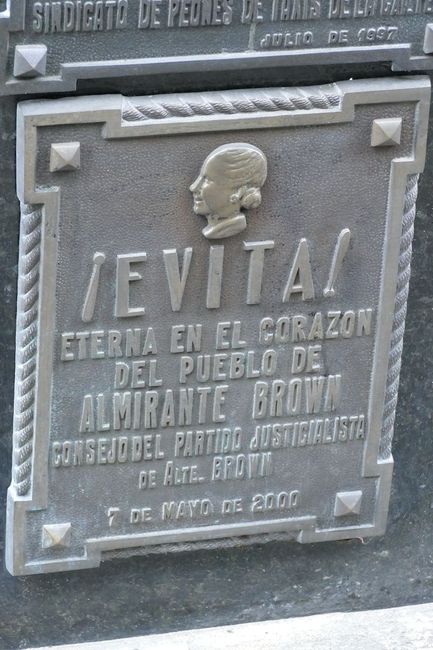
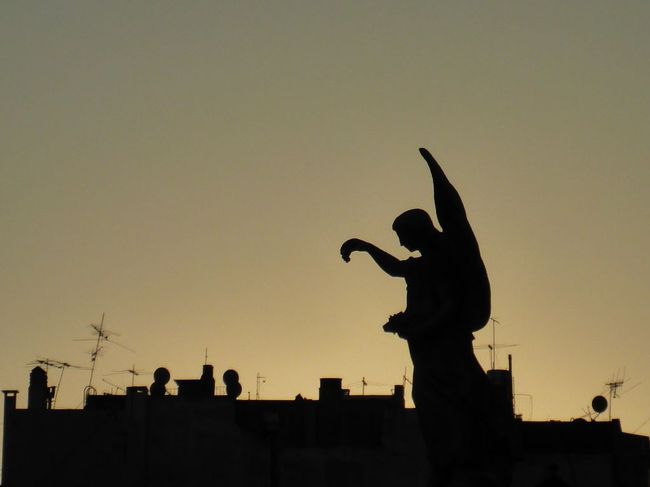
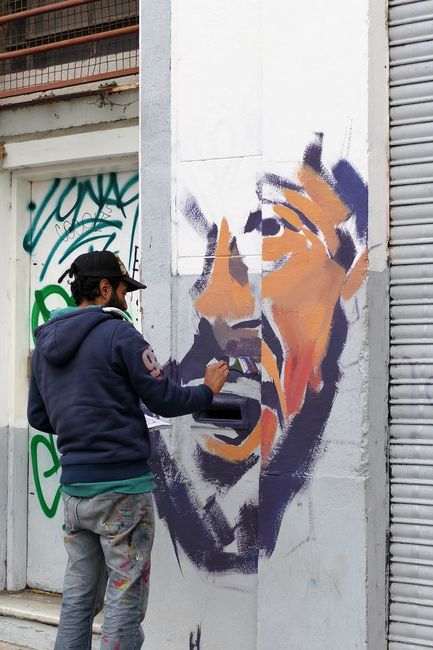
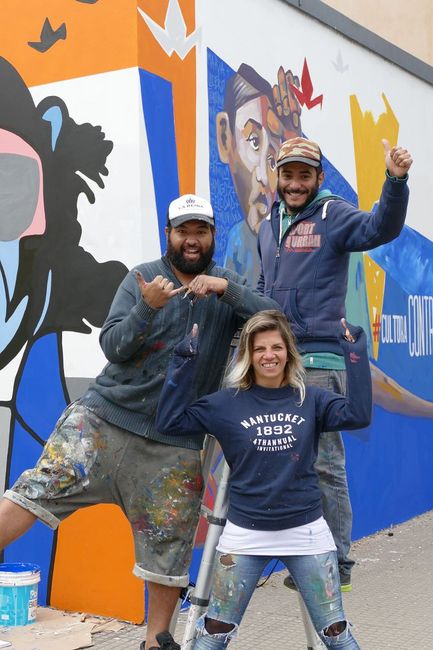
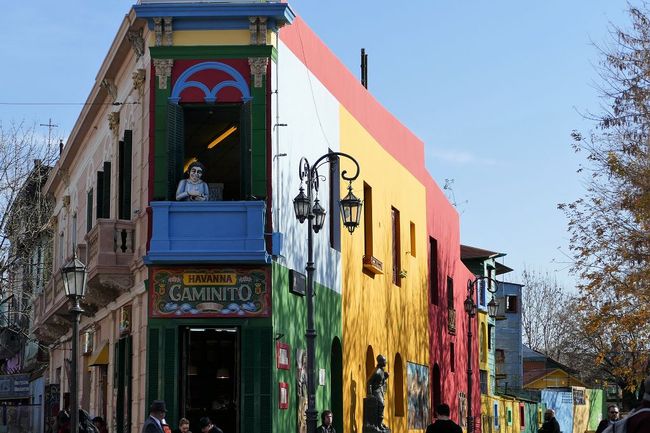
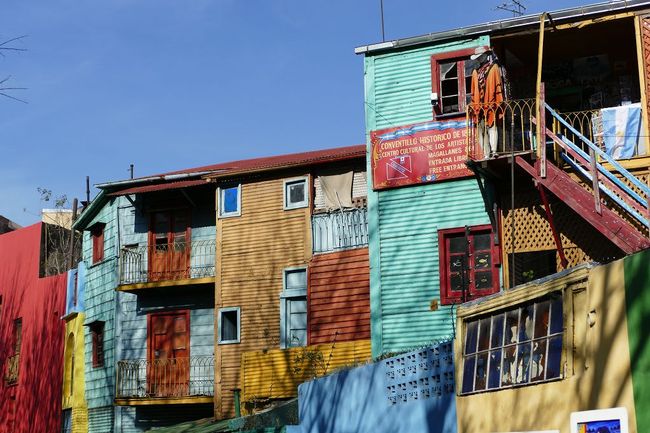
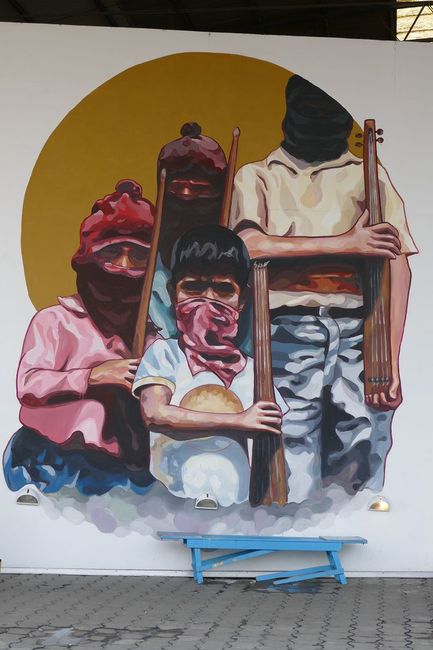
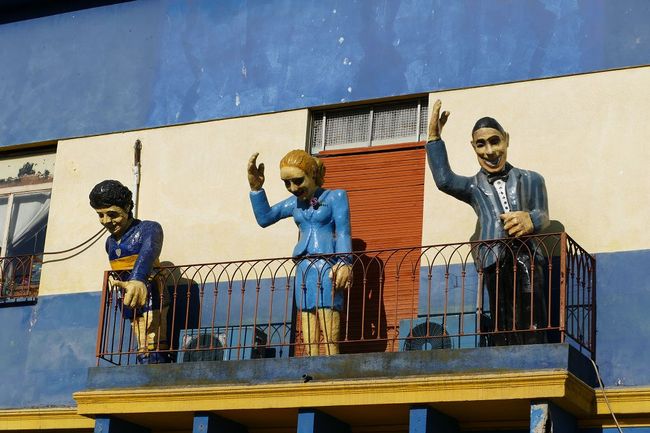
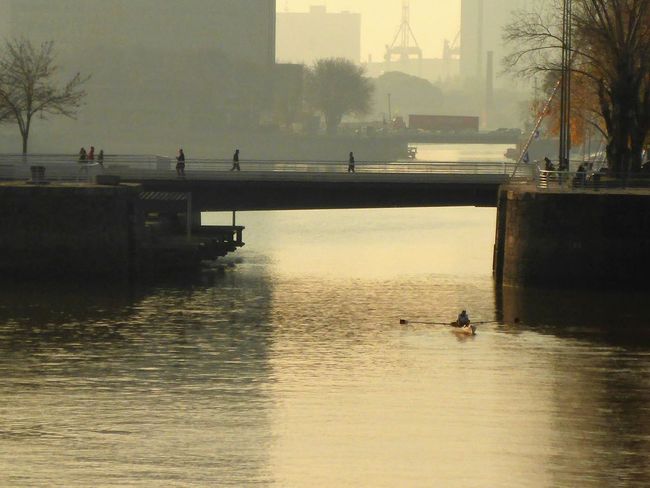
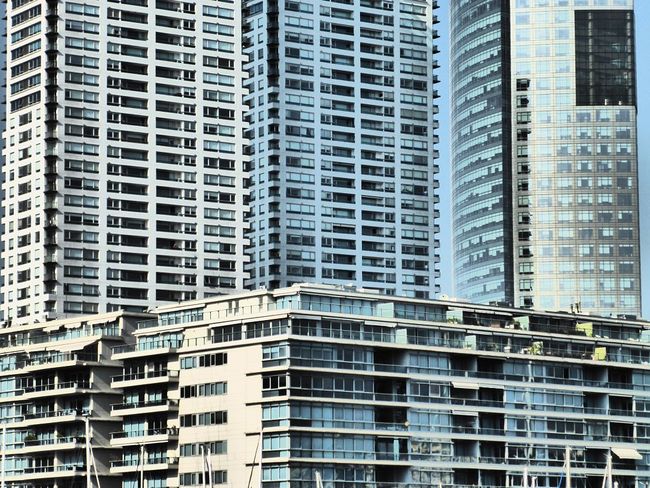
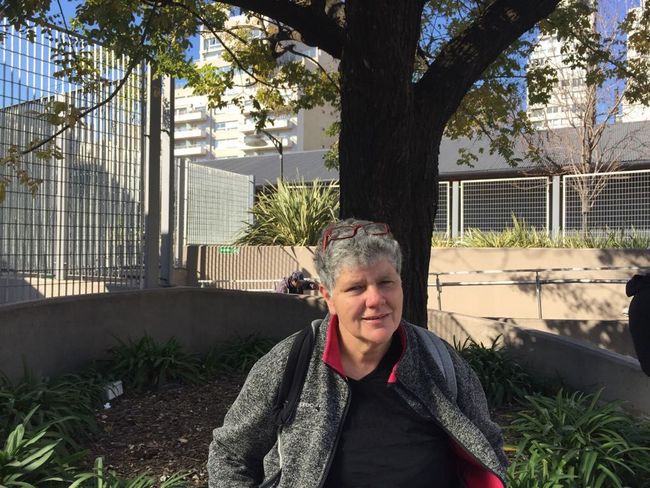
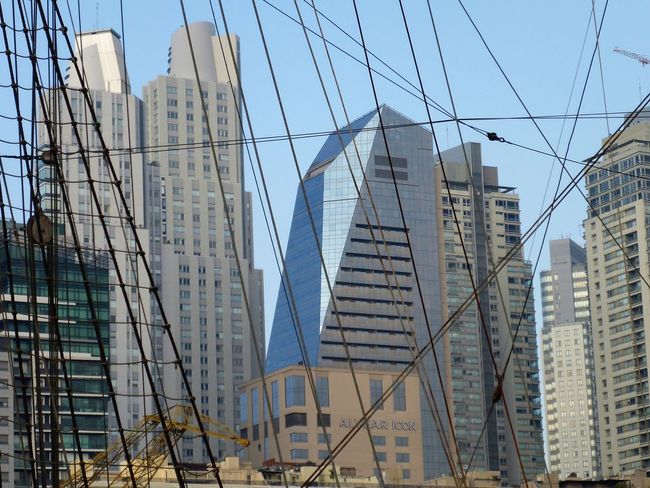
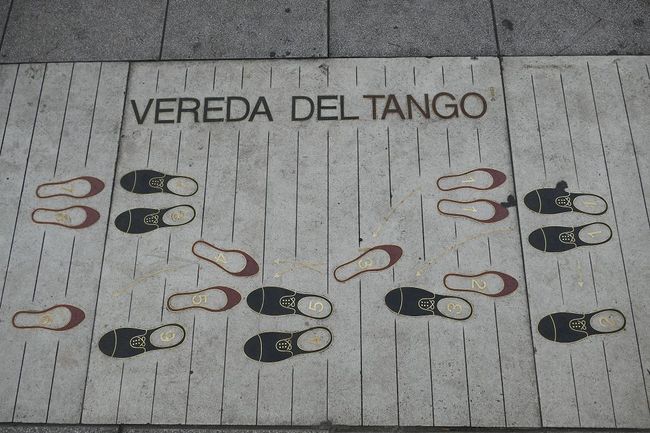
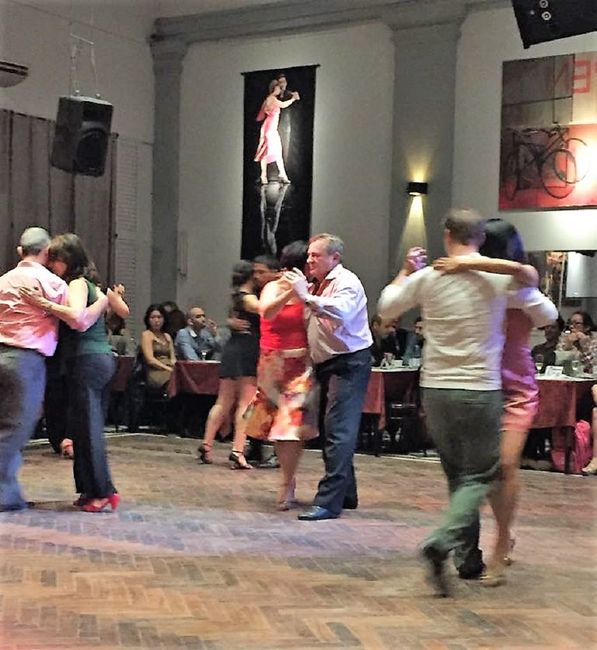
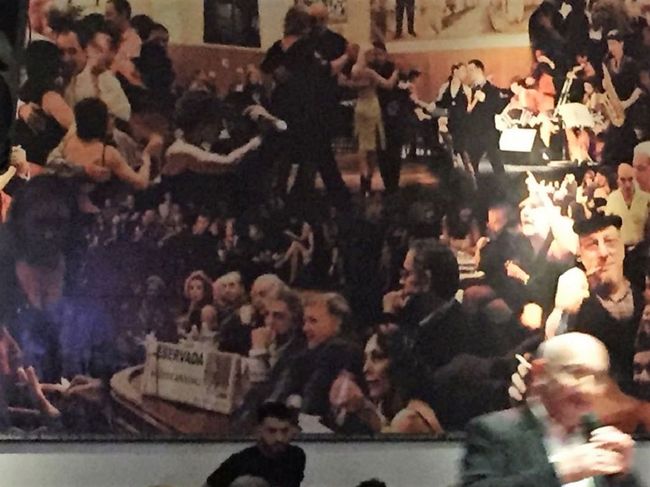
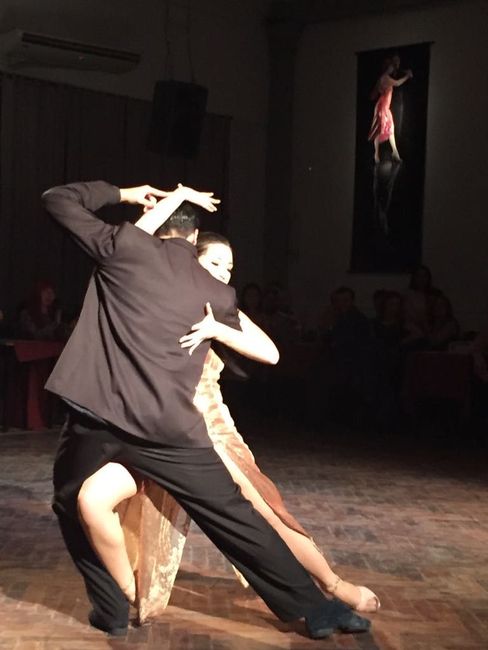
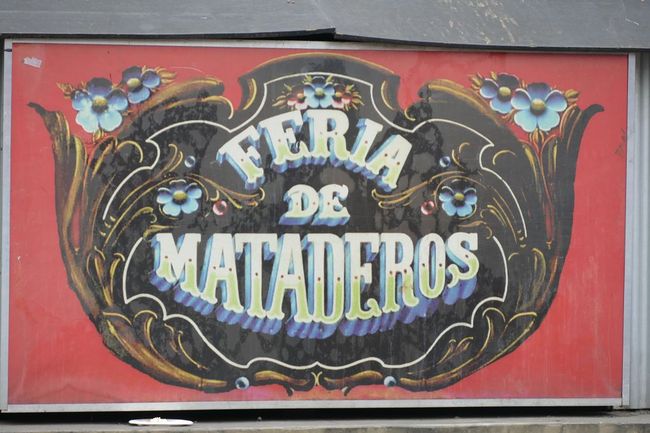
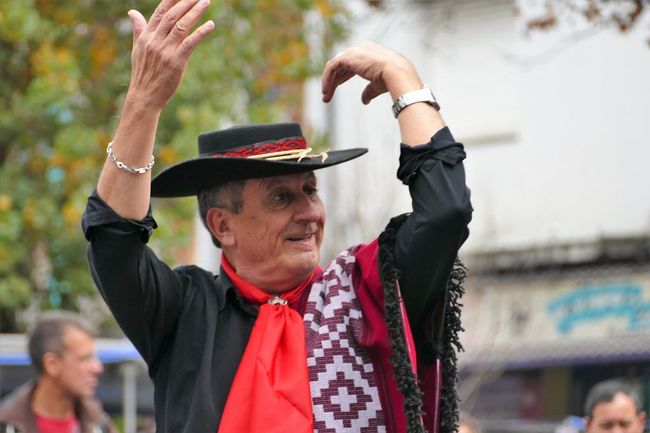
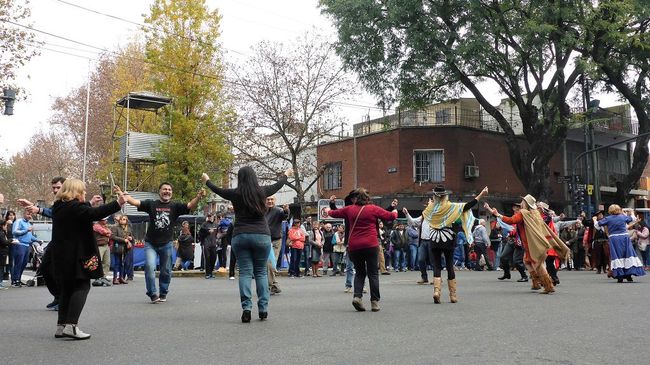
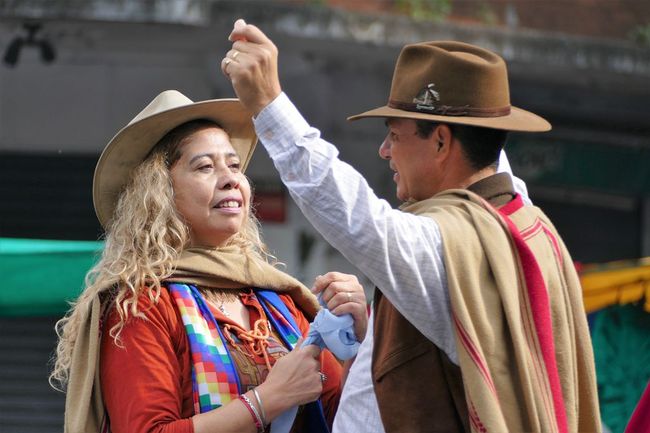
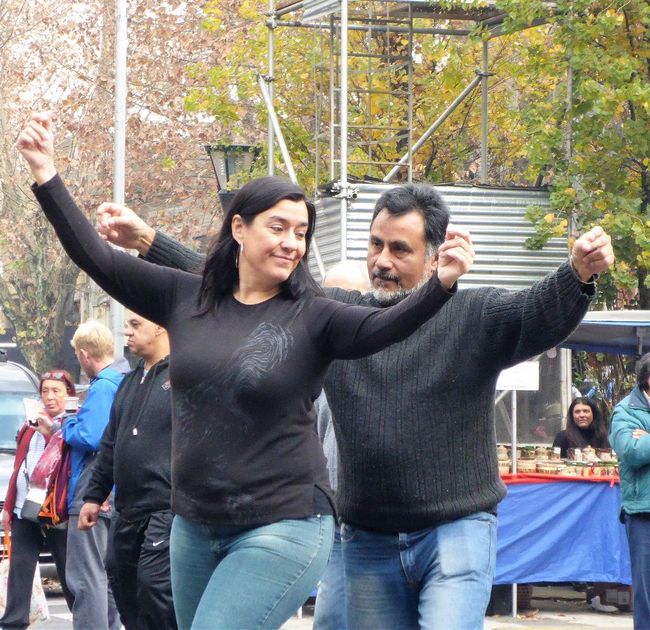
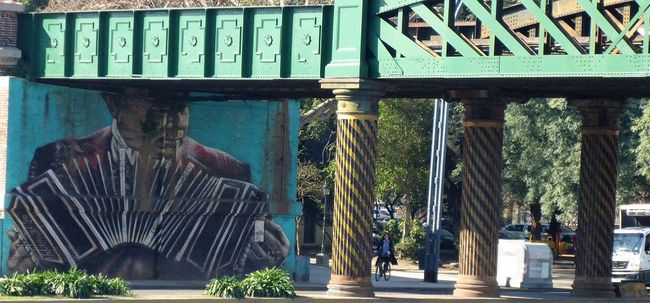
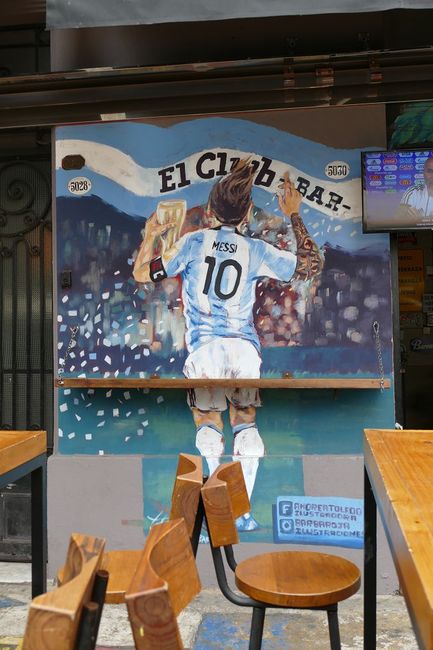
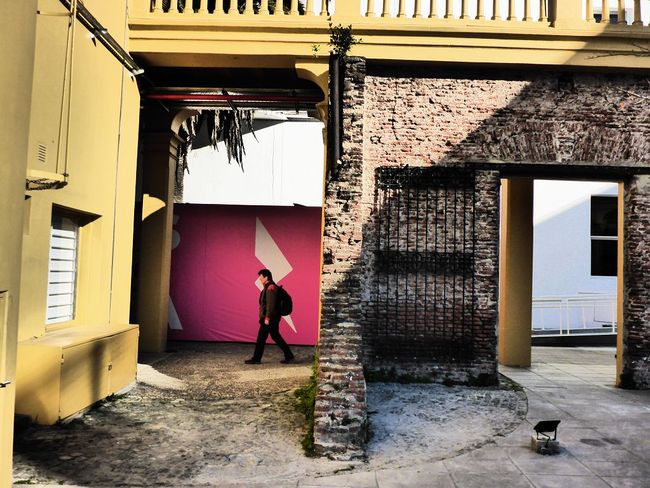
Tanysgrifio i'r Cylchlythyr
In Montevideo, the circle closes. This is where we started our adventure in January and this is where we bring the Dubs back to the harbor. Even though we will spend another 2 weeks in Buenos Aires, our great South America tour ends for us here. We have booked a different hotel than in January, closer to the harbor and, above all, with a large guarded parking lot to prepare and pack the Dubs for the big crossing. The hotel is a well-known chain, but its glory days are behind it. That doesn't bother us. We are quite accustomed to luxury and it is not too expensive. However, our room seems to have had a water damage and one corner of the room is moldy, which is not acceptable. After a brief discussion with the porter, we are given a new room, so we move downstairs with all our belongings and find a room where the cleaning staff seems to have stopped in the middle of their work. After a short complaint, we move our luggage to Room number 3. Everything seems fine here and we enjoy the night in a wide comfortable bed. The next morning, there is no cold water, so no toilet flush and no shower. The new porter is visibly embarrassed this time and apologizes, promising that the plumbers are already working and we will have water again soon. He also offers us a 20% discount on our room rate for the whole week. That's a good deal! And the water indeed comes back shortly afterwards! Cheerfully, we set off, but only get as far as the lobby. There, the porter together with Carmen, the head of housekeeping, intercepts us and offers us compensation for the many mishaps: in addition to the discount, we are also offered to move to their best suite, where we can help ourselves to the minibar free of charge. We were already happy with the discount, but of course we don't hesitate and move for the third time, but this time Carmen pushes our belongings on the luggage cart to the suite and for the next few days we enjoy an additional living room and a separate toilet... that's how the rich people travel 😉.
Now we take care of all the formalities for shipping back to Hamburg. Everything is going as usual, and at the shipping company's office, we are asked to wait because the Uruguay vs Saudi Arabia football match is on and the whole country is glued to the TV. Afterwards, we stroll through winterly Montevideo, visit squares that are familiar to us from the summer and discover new corners of the city. Sometimes it feels like ages ago that we waited here for the Dubs with excitement and anticipation, and sometimes it feels like we just rolled out of the harbor with the Dubs recently. We meet Jens and Ute again, with whom we had a lot of fun in Salta, take a city tour together and enjoy another Asado. Then the time comes. We bring the Dubs to the harbor, it is scanned, and we have to hand over the keys and leave the Dubs in the port. We already feel a tinge of sadness. But we console ourselves with the thought that we can pick him up in Hamburg soon and now we are looking forward to Buenos Aires.
We take the Buquebus, the ferry between the two capitals, back across the Rio de la Plata, and take a taxi to our small hotel in the trendy district of Palermo Soho. Cafés, bars, restaurants, clubs, small shops, designers - we want to experience the vibrant city life now. Our hotel is tiny, with only four huge, creatively furnished rooms in a charming old building... we love it, even though it is drafty due to the warped wooden windows and the shower is just a trickle.
Around twelve million people live in the metropolitan area of Buenos Aires, which is considered the Paris of South America because of its European flair. Magnificent buildings, stately avenues, a pronounced café culture, huge steaks, and tango dancing. The "Porteños," as the residents call themselves, are proud of themselves and their city of many superlatives; the widest avenue (Av. 9 de Julio with 130 m), the longest street (Rivadavia with 40 km), the widest river (Rio de la Plata with 220 km), the most beautiful women, the most charming men, and the best soccer clubs, of course. But their self-confidence cannot be that healthy, in Buenos Aires there are as many psychotherapists as nowhere else in the world, most of them in the district of "Villa Freud." Nowhere else do people spend more time on the couch than in Buenos Aires, whether young or old, taxi drivers or intellectuals.
It takes us two days to truly arrive and not be overwhelmed by this impressive metropolis. Then we gradually conquer this incredible city. Of course, the Plaza de Mayo with the Cathedral and the Casa Rosada, the Argentine presidential palace, is our destination. From the balcony of the "Pink House," Evita Peron gave her speeches to the Argentine people, and here Madonna sang her "Don't cry for me Argentina" in the musical "Evita." The square has also become famous through the "Madres de Plaza de Mayo," the mothers who first came together on this square on April 30, 1977, to draw attention to their "disappeared" children and relatives who were kidnapped, tortured, and murdered by the military regime of the 70s and 80s. Later, they demonstrated for the investigation of these crimes, and to this day, they meet every Thursday in front of the government building to draw attention to social and political grievances. And in Buenos Aires, with 20 official slums, the 'Villas Miserias,' there are more than enough of them. Their white headscarf is still the symbol of their struggle, and we found it painted on streets and walls throughout the country.
We have seen the Obelisk and the Congress Square, and of course, we have crossed the wide, busy Avenida 9 de Julio, which we already traveled on in January on our way south with the Dubs. We were in the Galeria Pacifico, a historic consumer temple with impressive ceiling frescoes by famous Latin American painters, and in one of the most beautiful bookstores in the world 😉 in an old theater.
After admiring the main sights in the city center, the Microcentro, we set out every morning to explore a different neighborhood of the city.
San Telmo is the district of antique dealers, and every Sunday there is an antique flea market on the beautiful Plaza Dorrego. Tango performances and live music create additional atmosphere and flair.
The neighborhood of Recoleta was once outside the city, and many wealthy people retreated to this isolated village in 1870 to escape the yellow fever and cholera epidemic raging in the city. Today, it is the most elegant and wealthiest neighborhood in Buenos Aires, with huge city villas in the French style, many embassies, and offices of international corporations. We are drawn, of course, to the Recoleta cemetery, to the tomb of Evita Peron and to the Floralis Genérica. The oversized flower, designed by the architect Eduardo Catalano, opens at sunrise and closes at sunset, glowing at night. Well, it used to do all that, but in the meantime, the mechanics are broken and are not being repaired... that's Argentina for you.
In the neighborhood of La Boca, everything revolves around football. Here stands the famous stadium 'La Bonboniera,' the candy box, where the folk hero Maradona still has his own honorary box to this day. In this rather run-down neighborhood, an artist suggested painting the shabby houses in bright colors years ago, and since then, La Boca has also become a tourist magnet, at least on one or two street corners. For a few dollars, you can photograph brightly dressed tango couples, but actually, in this neighborhood, it is better to keep the camera securely stored in your backpack.
Puerto Madero is the new, chic neighborhood that has emerged in the former seedy port area since the 1990s. Lots of glass, steel, and concrete reach for the sky here, and fashionable restaurants and bars have moved into the old warehouses. Besides many office spaces, the most expensive residential buildings in the city are located here. The panorama is impressive, but this new neighborhood still feels rather soulless.
We mainly explored the city on foot, but also used the subway and the well-developed but rather confusing bus network. And occasionally, we also just hopped into a taxi like the Porteños. We visited some of the impressive museums in this city, ate vegetarian, kosher, and Mexican food, but always ended up with the incredibly delicious steaks. We indulged in a lot of delicious Argentine ice cream. We visited a Milonga, one of the many Tango balls in this city, where Porteños of all ages indulge in their passion for dancing. We spent an afternoon at the Mataderos market and here, too, we watched people dancing. We adapted to the rhythm of this city as best we could - sleeping late, having a late breakfast, enjoying something sweet in the early evening, and going out to eat around 9:00 pm. The clubs, bars, and Milongas don't start until at least 11:30 pm, but the real party atmosphere doesn't kick in until 2 am. We actually only managed to stay up that late twice.
It was particularly nice that Annette, Sibylle's sister, and Tom also spent a few days with us in Buenos Aires.
But now it is time to say goodbye to South America for good. The suitcases are packed, the last blog post is nearly finished, the taxi for tomorrow morning is booked.
It was beautiful, and exciting and thrilling and exhausting. We have seen a lot, experienced a lot, learned a lot, managed a lot. We have seen beautiful landscapes, fascinating cities, poor and rich villages. And we have traveled around 22,000 kilometers on all kinds of roads.
We have received an incredible amount:
☆ The support of our families, friends, neighbors, and colleagues at home,
☆ The friendliness, openness, generosity, helpfulness, hospitality, curiosity, warmth, and laughter of the people we met along the way,
☆ Perhaps not an entirely new, but definitely a more thoughtful view of the world,
And if we had only one word to describe our feelings in conclusion, that word would be GRATITUDE for being able to make this journey!
Tanysgrifio i'r Cylchlythyr
Ateb (3)
anna
#seufz .... beim Lesen wird einem wieder bewusst, wie die Zeit verfliegt ... danke für die schönen Zeilen, irgendwie ist man mitgereist ...Petra
Vielen Dank ihr beiden für das lebendige Mitreisen,Mitfiebern und Mitlachen. Das halbe Jahr ist echt gerast! Ich wünsche euch noch ein paar tolle Resttage und eine sichere Heimreise.Kerstin
Auch wenn ihr wieder zu Hause seid, Danke für den letzten tollen Bericht und die schönen, eindrucksvollen Bilder; ich werde das alles vermissen. Es war auch für mich eine schöne Reise mit Euch! Bewahrt euch zu Hause die südamerikanische Lebensart recht lange , lg Günter und Kerstin 